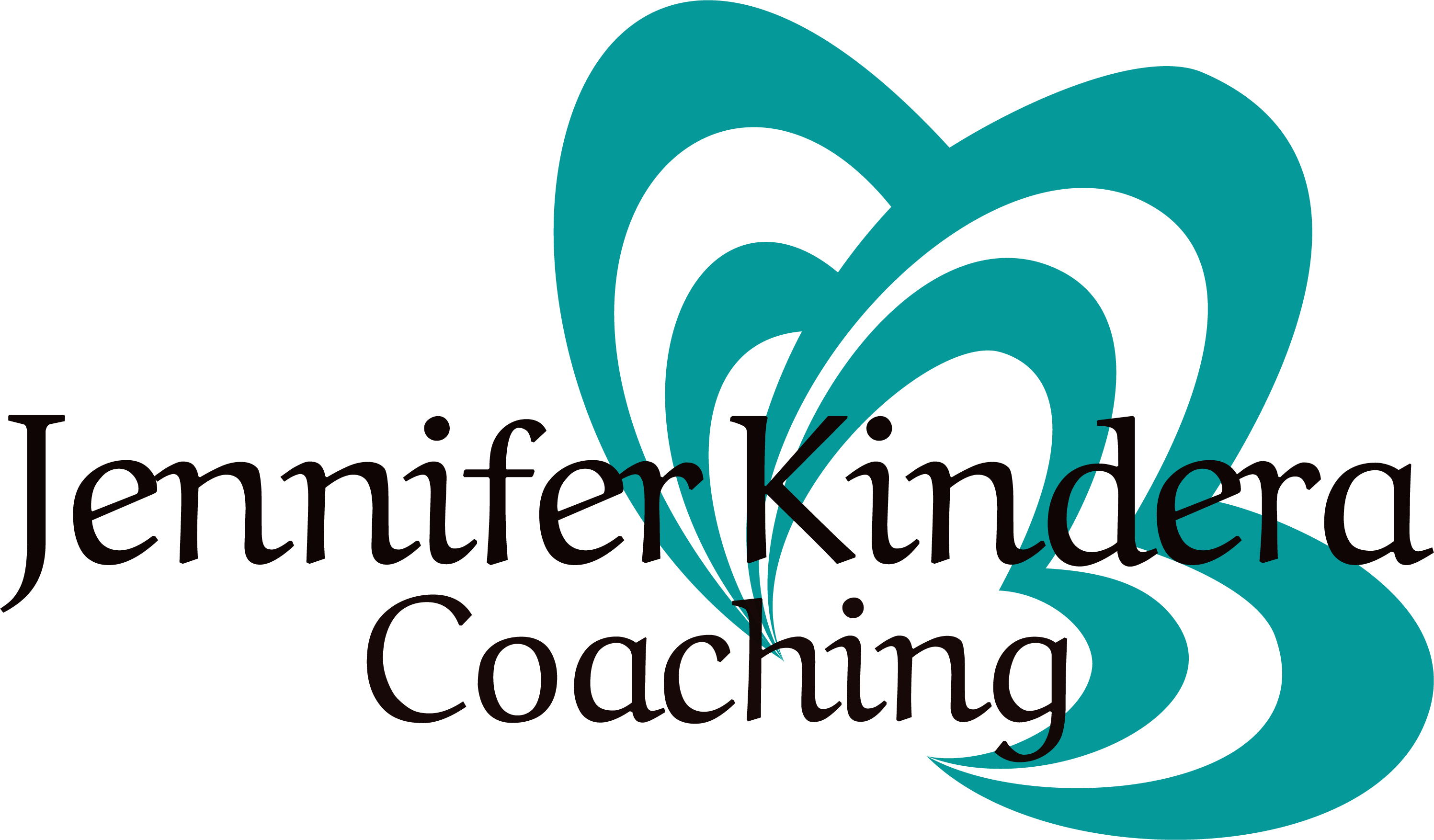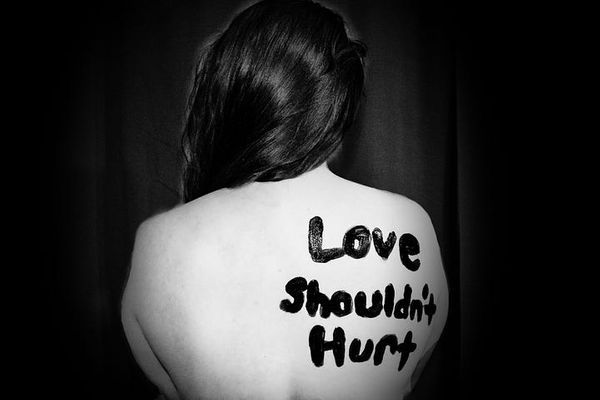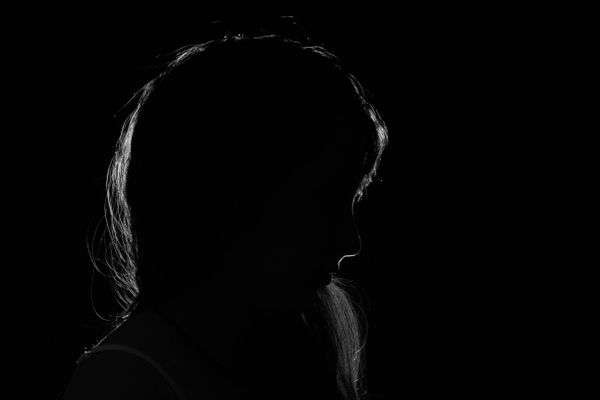Dysfunctional family roles abound within intergenerational trauma and the multi-generational transmission of shame. As the family rules and mottos get passed from generation to generation, we are groomed to fulfill our role, and because shame rises up to protect us, biologically we can’t help it: shame is going to keep us small and silent in order for us to be accepted, fed, clothed, and safe.
Birth order can play a part, and what is interesting as well, is dysfunctional family roles are often thought to be in families where addiction is present. Since we know that addiction is rooted in childhood trauma, we can see how dysfunctional family roles come into play even without addiction in the family system.
The eight dysfunctional family roles that I routinely witness with clients and experienced some growing up are:
— The Golden Child: the child who can do nothing wrong, is overtly lauded, and is used to shame the other roles within the family system. The child is raised with a bloated sense of self and entitlement. When, as an adult, the world doesn’t treat them this way, their sense of self-identity is threatened. They are looking for external validation of who they are. The typical Shame Reaction for the GC is ‘attack other,’ which I’ll talk more about later in the article.
— The Hero: the child who proves to the world that the family is acceptable as well as worthy of love and belonging. If a child is praised for accomplishments outside of the family, it is seen to reflect well on the family system at large.
— The Mascot: the child who takes the sting out of any potential shaming, the diffuser of conflict within the family system, this child can turn the focus off of the others, a lot of the time with humor to deflect attention before a disagreement/conflict can turn ugly.
— The IP (Identified Patient): the child who is frequently the family system’s answer to problems, the blame receptacle. A lot of the time, if the family seeks mental health support, they will label this person as the reason why. This child is shamed consistently and chronically. When the family system gets to the point where they admit defeat in being able to “fix” the IP, where nothing this person does is “right,” they have transitioned into thrusting this child into the family’s Scapegoat aka Black Sheep.





